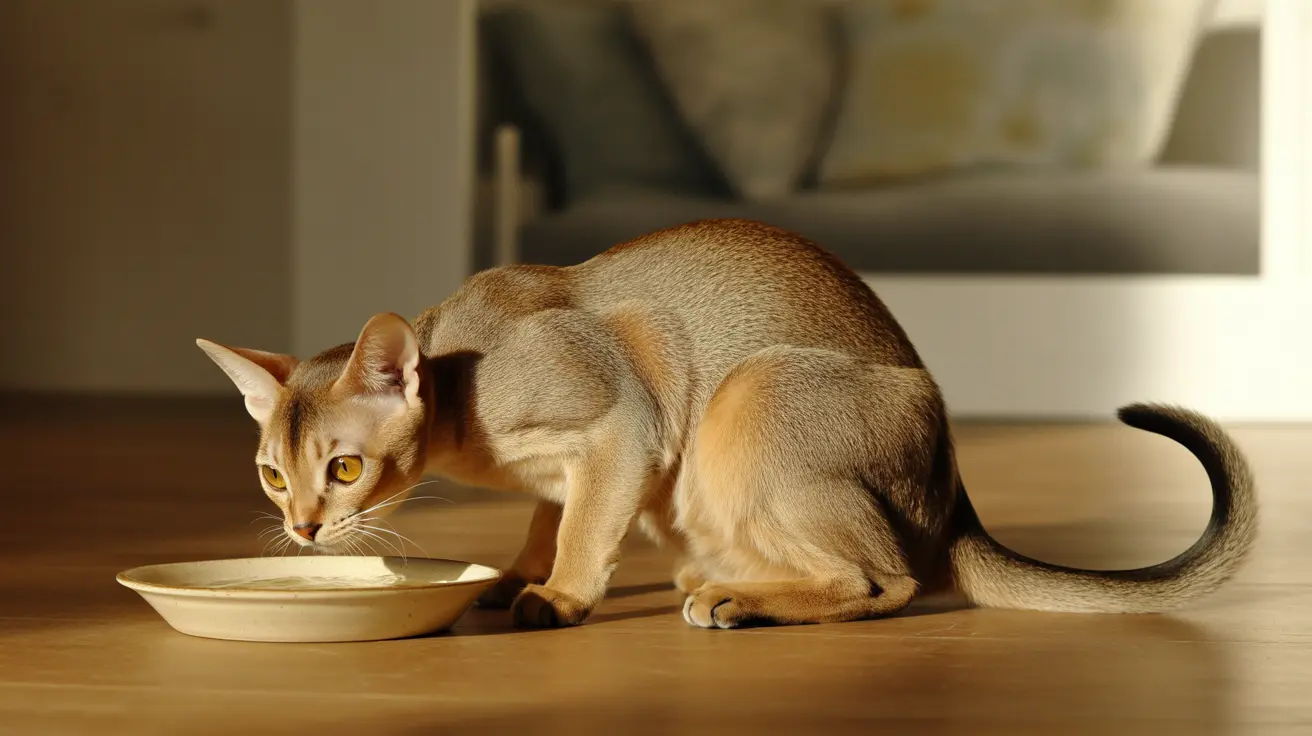Understanding the Mini Australian Shepherd (Miniature American Shepherd)
The Mini Australian Shepherd, more accurately called the Miniature American Shepherd (or Mini Aussie), is a compact herding breed that mirrors the personality, intelligence, and appearance of the standard Australian Shepherd—just in a smaller package. Developed in California during the 1960s by selectively breeding the smallest Australian Shepherds, this breed was officially recognized by the American Kennel Club (AKC) as the Miniature American Shepherd in 2015. Despite some confusion around naming, both terms are often used interchangeably outside of AKC circles.
Breed Origins and Recognition
The breed’s roots trace back to California ranches where breeders aimed to create a versatile, athletic herding dog that could easily adapt to modern lifestyles. By focusing on smaller Aussies, they produced a dog with all the hallmark traits—intelligence, loyalty, agility—but in a more manageable size. The AKC now recognizes them as Miniature American Shepherds.
Appearance and Size
- Height: 14-18 inches for males; 13-17 inches for females at the shoulder
- Weight: Typically between 20-40 pounds
- Coat: Double coat of medium length; colors include black, blue merle, red, and red merle—often with striking tan or white markings
- Lifespan: Around 12–13 years
The breed’s expressive eyes and striking coat patterns make them stand out. Their size makes them easier to handle than their larger relatives without sacrificing any of their working dog capabilities.
Temperament and Personality
Loyalty defines these dogs—they’re known for forming deep bonds with their families and often develop a strong attachment to one person (the classic “velcro dog” trait). They’re affectionate with children and can get along well with other pets if socialized early.
Mental stimulation is essential. These highly intelligent dogs thrive when given tasks or challenges. Boredom can lead to unwanted behaviors like excessive barking or destructiveness. They crave interaction and involvement in family activities.
Energy Levels and Exercise Needs
- High energy: Daily exercise is non-negotiable—at least an hour each day (think running, hiking, or agility training).
- Mental enrichment: Puzzle toys, obedience training, or canine sports help keep their minds sharp.
If you’re active or enjoy outdoor activities, this breed could be your perfect companion. Without enough exercise or engagement, they may become restless or develop behavioral issues.
Trainability
The Miniature American Shepherd is eager to please and quick to learn new commands. Early socialization paired with positive reinforcement works wonders. They do best with consistent routines—otherwise, their natural herding instincts might lead them to try herding people or pets around your home!
Adaptability: Living Situations
This breed adapts surprisingly well to different environments—even apartments—as long as their activity needs are met daily. They’re alert watchdogs but can be reserved around strangers until properly introduced.
Grooming Requirements
- Sheds year-round: Expect heavier shedding in spring and fall when they blow their coats.
- Weekly brushing: Helps control loose hair and prevent mats.
- Bathe as needed: Only when dirty—not on a strict schedule.
- Nail trimming, ear cleaning, dental care: All part of regular grooming routines.
Their double coat protects them from harsh weather but does require upkeep to keep it healthy and looking its best indoors.
Health Considerations
- Hip dysplasia: Can cause pain or arthritis if not screened for in breeding stock.
- Eye conditions: Including collie eye anomaly, cataracts, progressive retinal atrophy (PRA), iris coloboma.
- Kneecap issues: Luxating patella may occur in some lines.
- MDR1 gene mutation: Can lead to adverse reactions from certain medications—responsible breeders test for this gene.
The breed is generally healthy when responsibly bred. Regular veterinary check-ups help catch any issues early so your dog stays happy and active throughout its life.
Nutritional Needs
A high-quality diet suited to age and activity level keeps these dogs fit. Measure portions carefully—treats should be limited to avoid extra weight gain—and always provide fresh water.
Lifestyle Suitability: Family & Apartment Life
This breed shines in active households where they’re included in daily routines. They do best with access to outdoor spaces but can adapt to apartment living if exercised sufficiently. Their affectionate nature means they often seek constant companionship; being left alone too long may trigger separation anxiety.
Main Differences from Standard Australian Shepherds
- Size: Minis stand at about 13–18 inches tall; standards reach up to 23 inches and weigh more (40–65 pounds).
- Status: Minis are recognized as a separate breed by AKC; both share similar coats and personalities.
Caring for Your Mini Aussie: Key Tips
- Befriend early training & socialization: Build confidence from puppyhood onward.
- Pace daily exercise & playtime: Prevent boredom-related behaviors by keeping them busy every day.
- Tend grooming routines weekly: Keep shedding under control inside your home with regular brushing sessions.
- Sustain health through vet visits & screenings:
- Certain genetic conditions require monitoring—stay proactive!
If you want an intelligent companion who’ll stick close by your side (and keep you on your toes), the Miniature American Shepherd could be just right for you. With proper care—including training, exercise, socialization, grooming, nutrition, and health checks—you’ll enjoy many years together with this lively herding partner.





